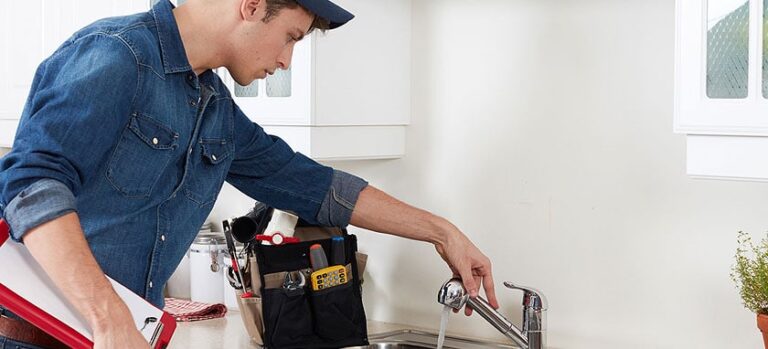Remove a Radiator Without Draining
Removing a radiator without draining the entire system can seem daunting, but it’s quite manageable with the right tools and a bit of patience. Whether you’re redecorating, installing new flooring, or simply need to repair or replace your radiator, Route 66 Plumbing will walk you through the process step-by-step.
Why Remove a Radiator Without Draining?
Draining the entire heating system can be time-consuming and potentially messy. Additionally, it requires refilling and bleeding the system to eliminate air pockets, which can be a hassle. By isolating the radiator you want to remove, you save time and effort, ensuring that the rest of your heating system remains operational.
Tools and Materials You’ll Need
Before you start, gather the necessary tools and materials:
- Adjustable spanner or wrench
- Radiator bleed key
- Towels or rags
- Bucket or shallow container
- Pipe freezing kit (optional, for added safety)
- Screwdrivers
- Plumber’s tape (PTFE tape)
- Radiator valve key (if needed)
- Plastic sheeting or old newspaper (to protect the floor)
Step-by-Step Guide
Turn Off the Heating System
Safety first! Ensure your heating system is turned off and the radiator is cool to the touch. This will prevent any risk of burns and make the process more comfortable.
Close the Radiator Valves
Locate the valves at either end of the radiator. One is the control valve (or thermostatic valve), and the other is the lockshield valve.
Control Valve:
Turn this valve clockwise until it is fully closed.
Lockshield Valve:
Use an adjustable spanner to remove the cap and then turn the valve clockwise until it’s closed. Count the number of turns required to close it fully; you will need this information when you reattach the radiator.
Prepare the Work Area
Place towels or rags around the base of the radiator to catch any spills. Use plastic sheeting or old newspapers to protect the floor from water damage.
Bleed the Radiator
Use a radiator bleed key to release any trapped air. Hold a bucket or shallow container under the bleed valve and slowly open it. You might hear a hissing sound as air escapes. Once water starts to come out, close the valve.
Loosen the Nuts
With the valves closed and the radiator bled, use an adjustable spanner to loosen the nuts connecting the radiator to the valves. Be prepared for a small amount of water to escape. Loosen the nut on the control valve side first, then the lockshield valve side.
Drain the Radiator
Tilt the radiator slightly to allow any remaining water to drain into your bucket. Take your time to ensure you capture as much water as possible to minimize spills.
Disconnect the Radiator
Once the radiator is mostly empty, carefully lift it off the wall brackets. You may need assistance if the radiator is large or heavy. Be mindful of any residual water inside the radiator.
Seal the Valve Openings
Wrap plumber’s tape (PTFE tape) around the threads of the valve openings to prevent any leaks. Alternatively, you can use valve caps to seal them. This step ensures that any residual water in the system doesn’t leak out.
Store the Radiator Safely
Move the radiator to a safe location where it won’t be damaged. If you plan to reinstall it, store it upright to prevent any remaining water from spilling.
Use a Pipe Freezing Kit
For added safety, especially if you’re concerned about potential leaks, you can use a pipe freezing kit. This kit temporarily freezes the water in the pipes, creating a solid plug and preventing water flow while you work on the radiator.
Reinstallation
When you’re ready to reinstall the radiator, reverse the steps:
- Lift the radiator back onto the wall brackets.
- Reconnect the nuts to the valves, ensuring they are tight but not over-tightened.
- Remove any PTFE tape or valve caps you used to seal the openings.
- Open the control valve and lockshield valve to their previous settings. Remember the number of turns needed to open the lockshield valve.
- Bleed the radiator to remove any trapped air.
- Turn on the heating system and check for leaks.
Tips and Tricks
Take Your Time:
Rushing can lead to mistakes and potential water damage. Work methodically and patiently.
Prepare for Spills:
Have extra towels and containers ready to catch any unexpected water.
Seek Help if Needed:
If the radiator is heavy or awkward to handle, ask for assistance to avoid injury.
Conclusion
Removing a radiator without draining the entire system is a practical and efficient way to handle repairs or renovations. By following these steps and taking the necessary precautions, you can achieve this task with minimal fuss and mess. Whether you’re a DIY enthusiast or a homeowner looking to save on professional fees, this guide equips you with the knowledge to confidently remove and reinstall your radiator.






